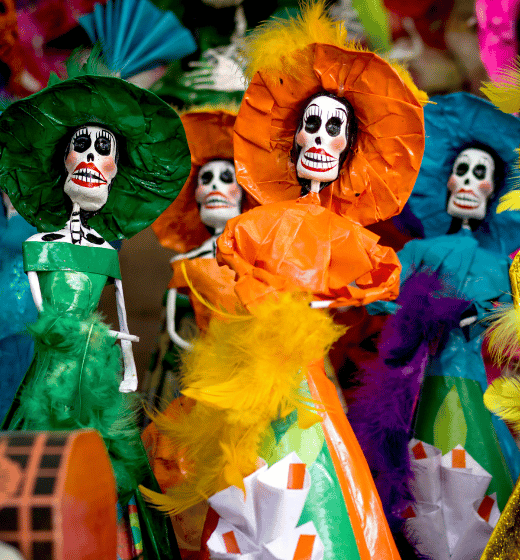

Halloween might conjure up images of jack-o’-lanterns, trick-or-treating, and haunted houses, but Halloween in Spain, this time of year holds a deeper, more spiritual significance.
While Halloween has recently gained popularity in the country, Spanish-speaking cultures traditionally celebrate Halloween through El Día de Todos los Santos (All Saints’ Day) and Día de los Muertos (Day of the Dead), which are filled with centuries-old customs , vibrant festivals, and heartfelt moments of remembrance.
If you’re curious to learn more, don’t miss our FREE MAGAZINE at the end of this article, where you can explore these cultural celebrations and immerse yourself in the unique blend of Spanish Halloween customs!
In this article, we’ll delve into the unique traditions that make these celebrations so meaningful, explore how Spain has adopted modern Halloween trends, and uncover how families and communities come together to honor the departed.
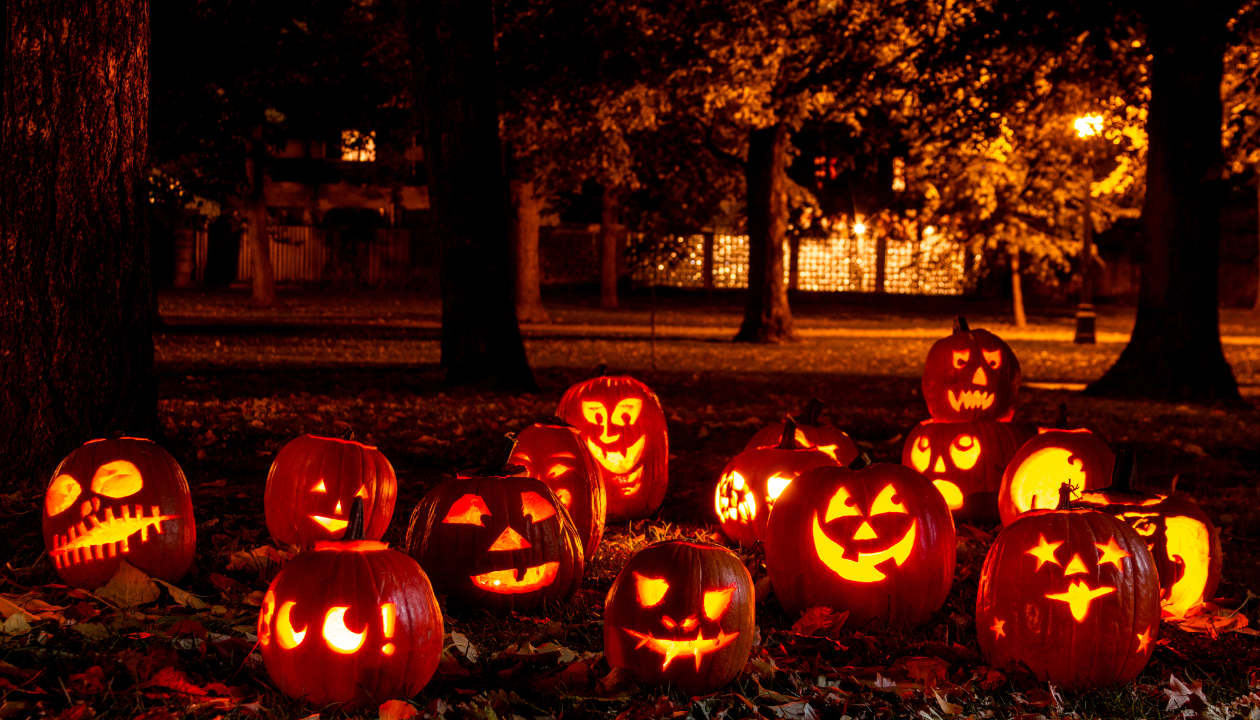
The Rise of Halloween in Spain
From an American Import to a Growing Trend
Over the last decade, current Halloween has transformed from a niche celebration to a major event in Spanish cities. Costume parties, haunted houses, and pumpkin-themed decorations have become a common sight in urban areas like Madrid, Barcelona, and Valencia.
This shift can be attributed to globalized media, increased tourism, and the influence of English language academies and international schools that introduce celebrating Halloween as part of their curriculum.
In small towns, however, the celebration still remains low-key, with most people focusing on the more traditional All Saints’ Day . Many Spaniards, particularly older generations, view Halloween as an “imported” or “borrowed” holiday that lacks the depth and historical value of local customs.
Yet, younger generations are embracing the fun of dressing up in Halloween costumes, hosting Halloween-themed parties, and even organizing small trick-or-treating events in neighborhoods.
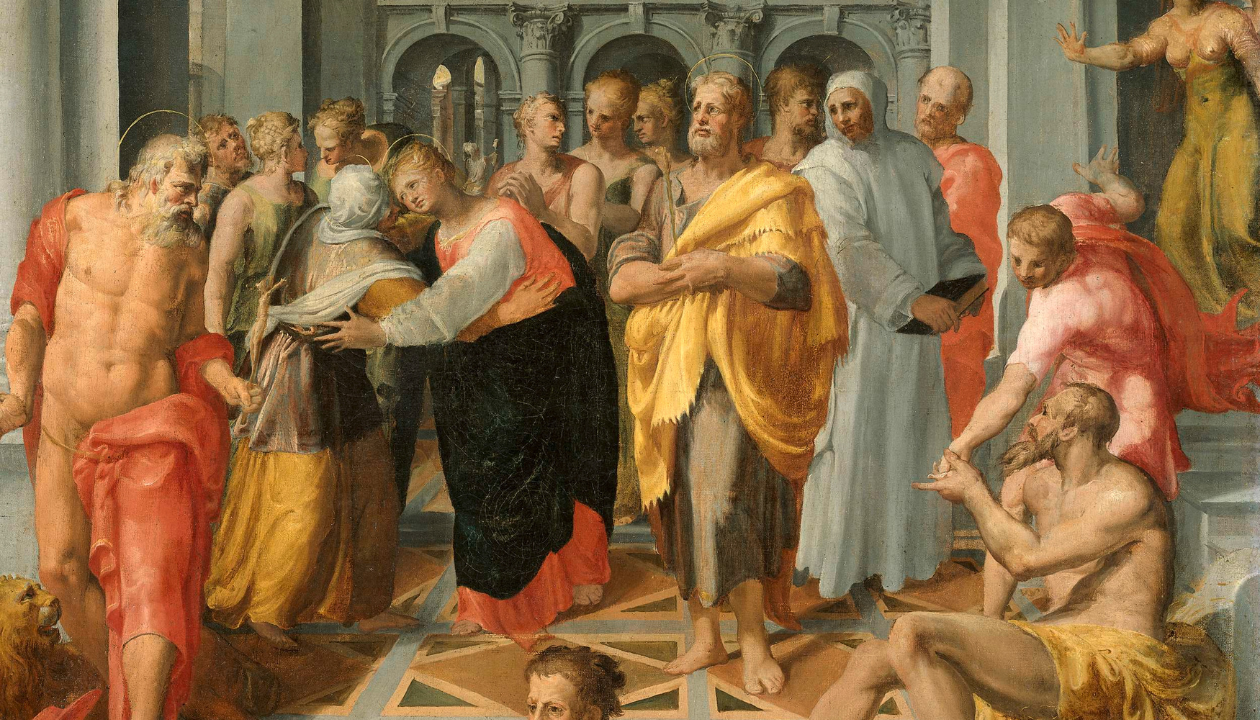
Key Differences from the US
While Halloween in Spain does share similarities with its American counterpart—such as costumes and parties—the Spanish version retains a unique flavor. The Halloween costumes read more toward the spooky and macabre, with witches, ghosts, and skeletons being the most popular choices.
Unlike in the US, where children dress up as superheroes and characters from pop culture, Spanish Halloween is still closely linked to the supernatural. In some regions, the celebrations even extend into a late-night celebration filled with festivities.
Another key difference is the emphasis on community gatherings. Spanish families and friends often come together for special dinners, sharing dishes and reminiscing about loved ones. This blending of Halloween with El Día de Todos los Santos means that the spooky fun is balanced with a sense of reverence.
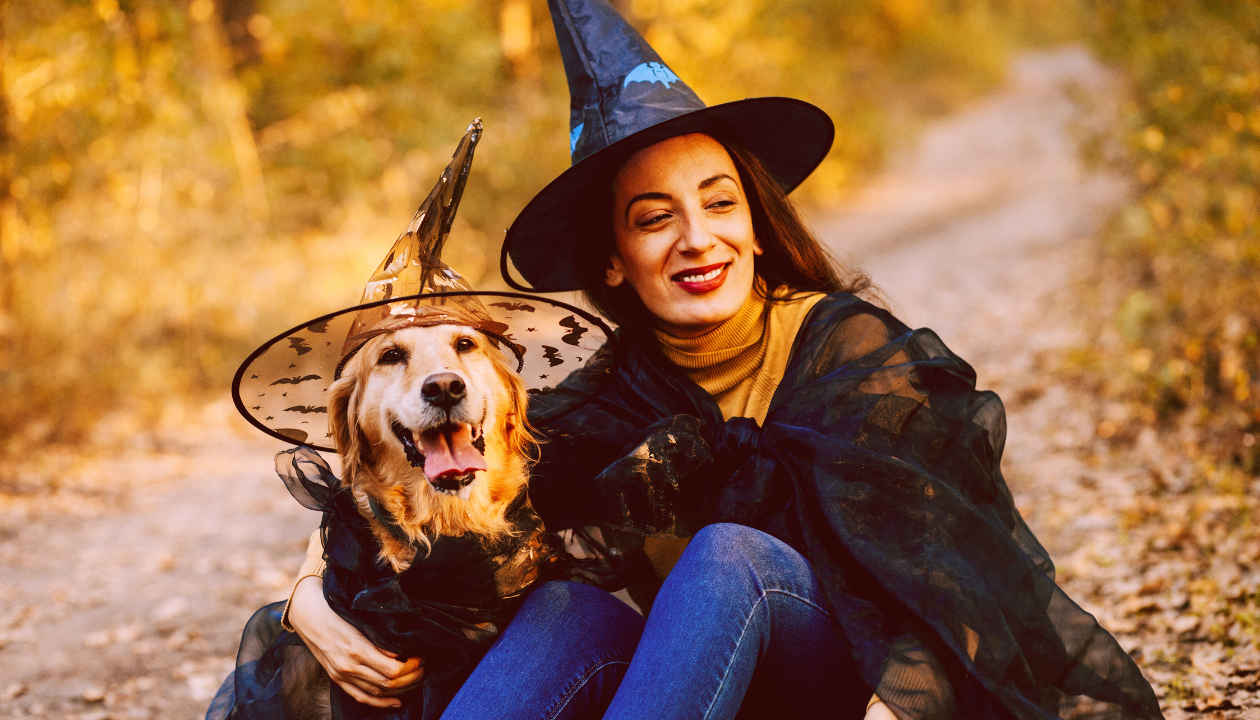
Traditional Halloween Foods in Spain
In addition to the usual sweets for trick-or-treaters, Spain has its own set of traditional treats associated with this period. Seasonal delights include:
- Almond sweets: A popular treat during this time, especially in northern Spain.
- Buñuelos de Viento: Light, airy doughnuts filled with custard or chocolate, popular in Madrid and southern Spain.
- Huesos de Santo: Marzipan “bones” filled with egg yolk cream, enjoyed during El Día de Todos los Santos.
These traditional foods are not just snacks—they symbolize the connection between the living and the dead, reminding people to savor life’s sweetness while remembering those who have passed on.
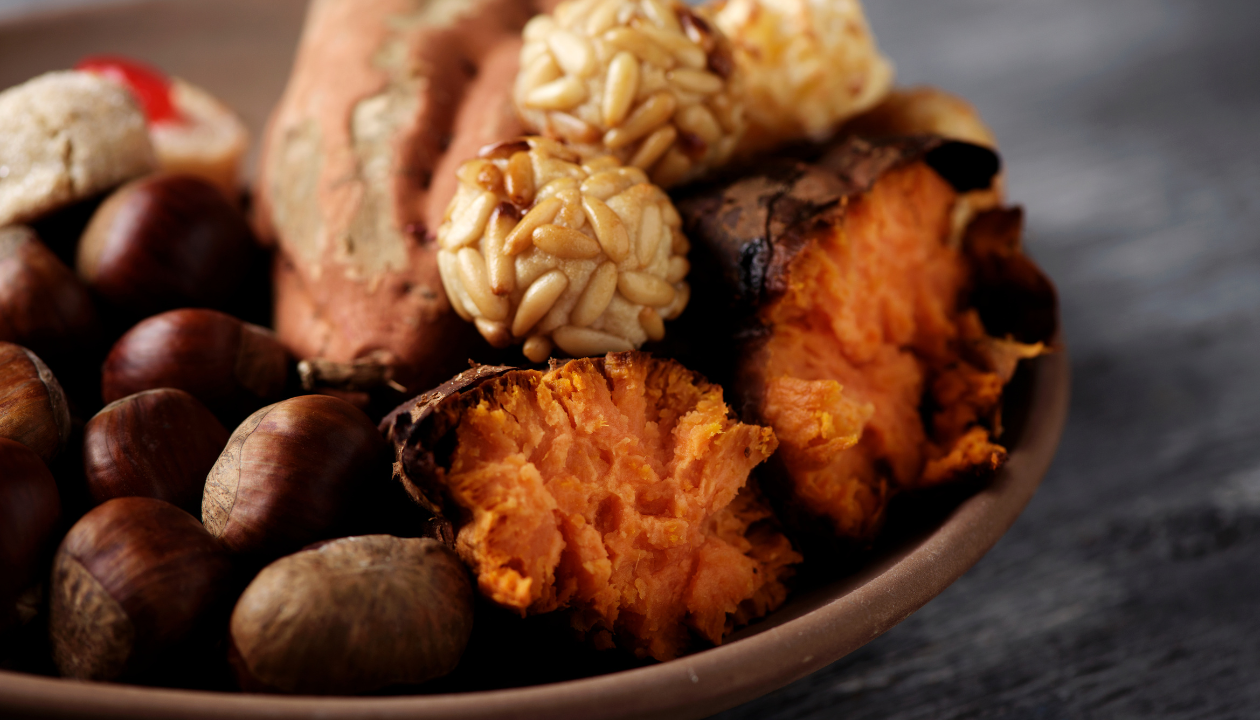
Understanding El Día de Todos los Santos

History and Significance
El Día de Todos los Santos dates back to the 9th century when Pope Gregory IV declared November 1st a day to honor all saints and martyrs, known and unknown. It was later embraced by Spain, where it evolved into a celebration of the deceased.
It is a solemn yet celebratory day when families visit cemeteries, clean and decorate graves, and gather to remember those who have passed.
While in Mexico El Día de los Muertos is festive and colorful, El Día de Todos los Santos is more contemplative in Spain, focusing on honoring family bonds and paying respect to the past.
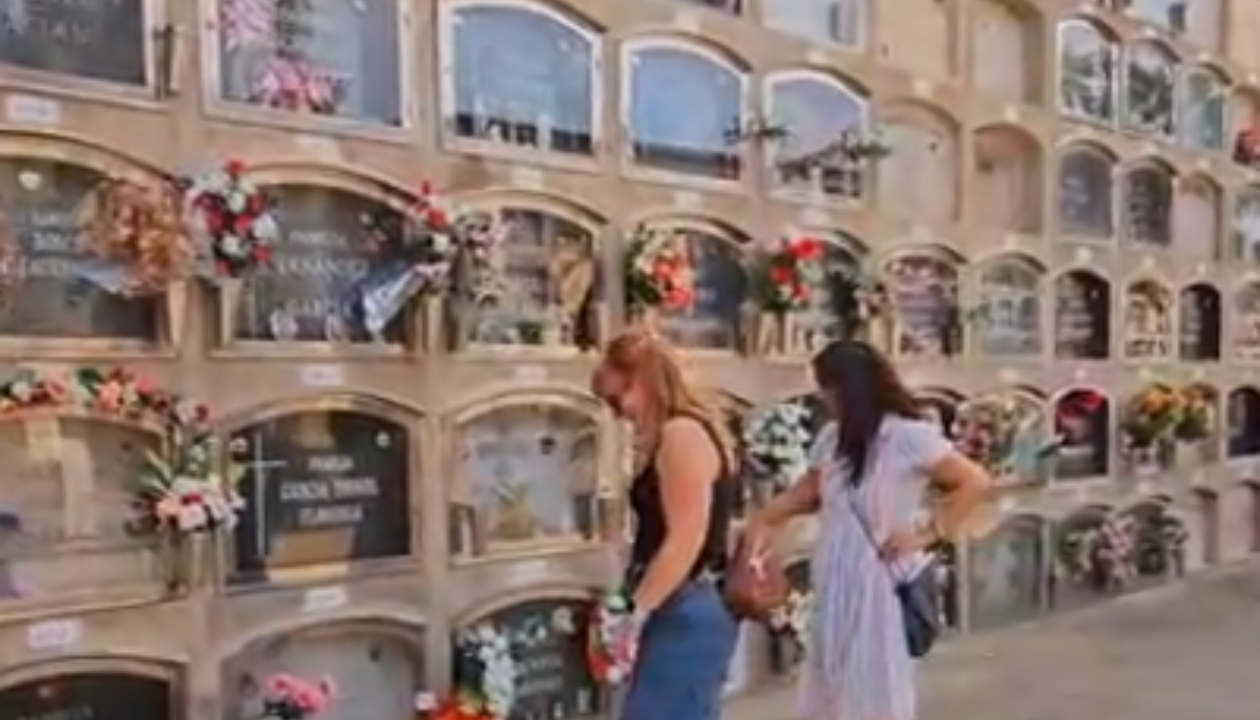
A Day of Remembrance and Reflection
In Spain, it is common for families to spend the entire day at the cemetery, bringing picnics and even organizing small gatherings around the gravesite.
Tombstones are decorated with vibrant flowers, especially chrysanthemums, which symbolize life and rebirth. The atmosphere is peaceful yet filled with a sense of nostalgia, as people share stories about their loved ones.
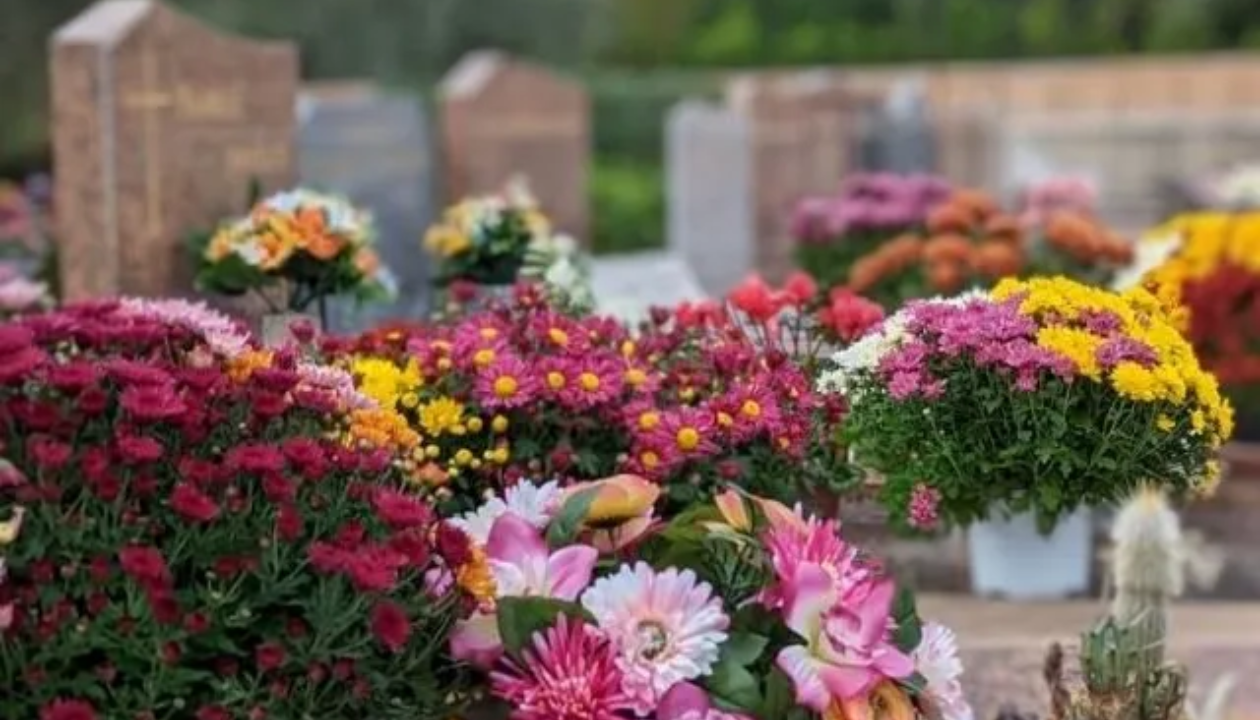
Regional Variations in Spain
While the core customs remain the same, different regions in Spain add their own unique touch to El Día de Todos los Santos.
In Galicia, for instance, the mystical tradition of the Santa Compaña—a ghostly procession that roams the countryside—adds a haunting element to the celebration. This tradition has its roots in Celtic culture, and people light bonfires to ward off these wandering spirits and leave offerings to protect their homes.
In Andalusia, El Día de Todos los Santos is often accompanied by local festivals, where the focus shifts slightly from remembrance to community celebration. Parades, music, and traditional dances blend the somber with the celebratory, showing the diversity of Spain’s cultural tapestry.
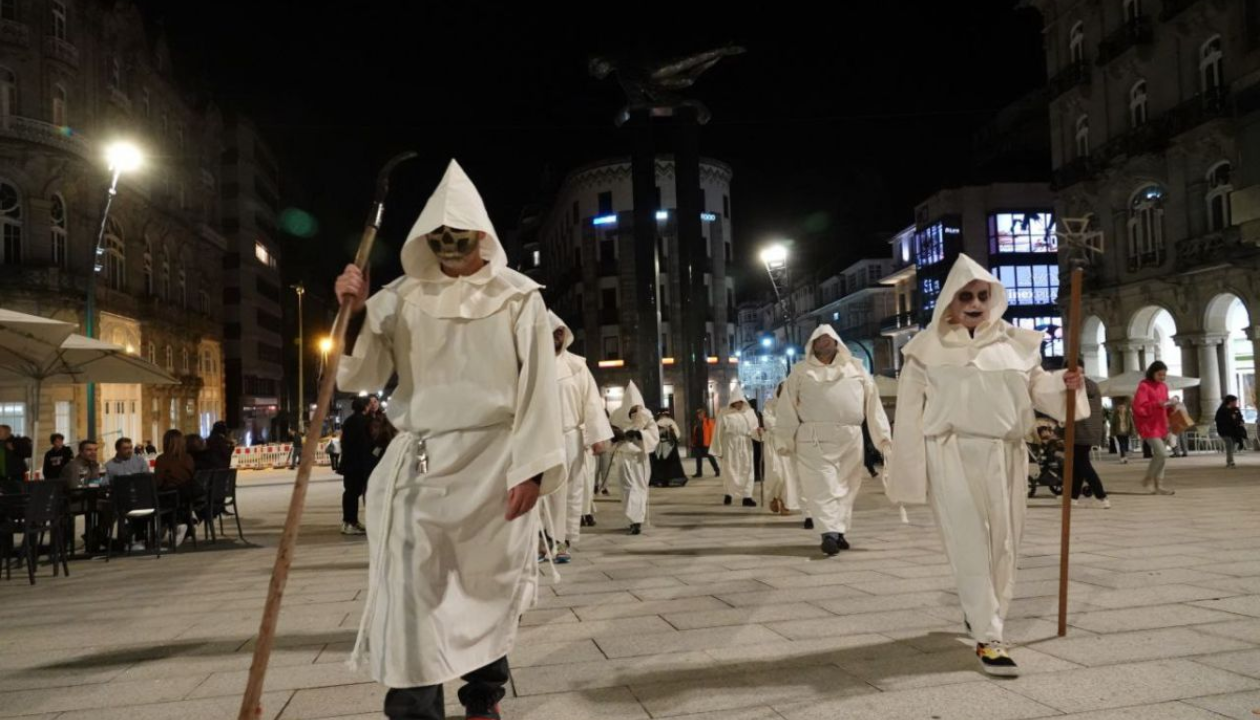
El Día de los Muertos – A Mexican Tradition with a Global Influence
What Is El Día de los Muertos?
Although El Día de los Muertos is not native to Spain, its influence has spread due to the increasing popularity of Latin American culture.
Celebrated primarily in Mexico on November 1st and 2nd, El Día de los Muertos is a vibrant and colorful festival that honors the dead through elaborate altars, offerings, and family reunions. The belief is that, on these days, the souls of the deceased return to visit their families.
Symbolism and Meaning
The iconic symbols of El Día de los Muertos include:
- Calaveras (Sugar Skulls): Represent the sweetness of life and the presence of death.
- Cempasúchil (Marigolds): Bright orange and yellow flowers that are believed to guide the spirits to the altars.
- Papel Picado: Delicately cut tissue paper used to decorate altars and represent the fragility of life.
In Spain, these symbols have started appearing in local celebrations, blending the Mexican holiday with traditional Spanish customs.
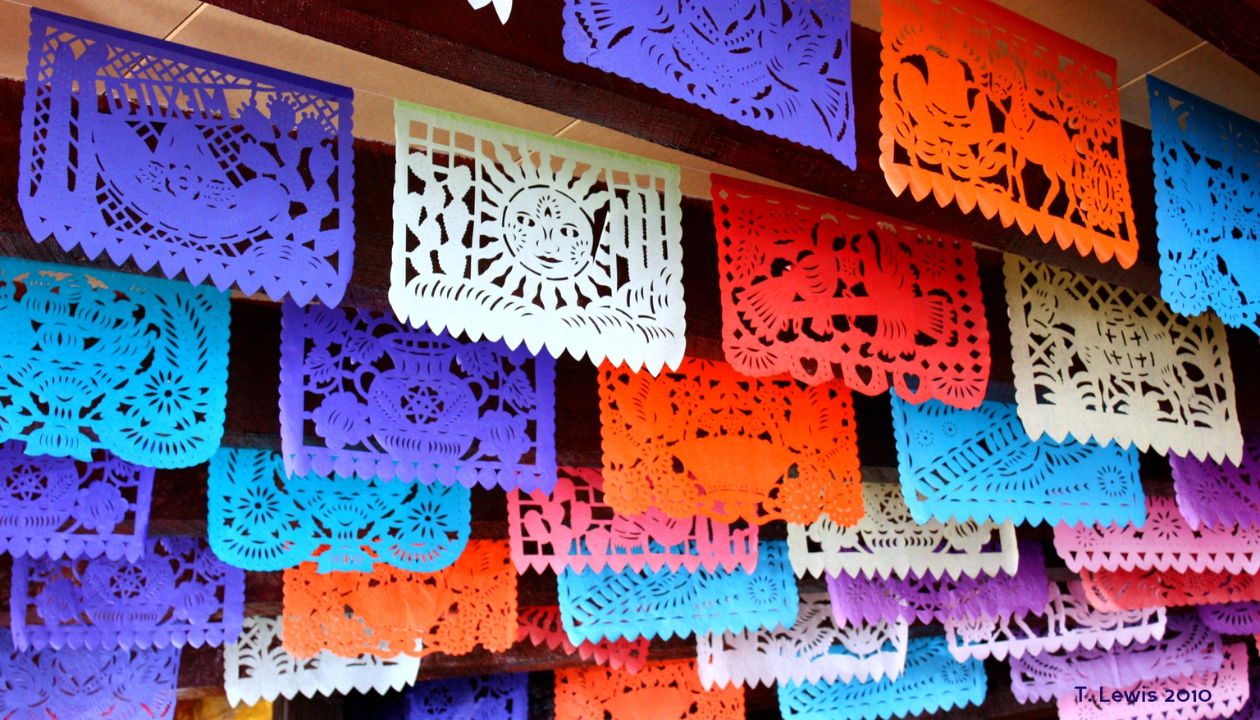
Festivities and Family Reunions
Unlike Halloween’s focus on scares and the supernatural, El Día de los Muertos is about celebrating life and remembering the good times.
Families set up altars in their homes with photographs, favorite foods of the deceased, and personal mementos. It’s a time to laugh, sing, and enjoy the presence of loved ones, both living and departed.
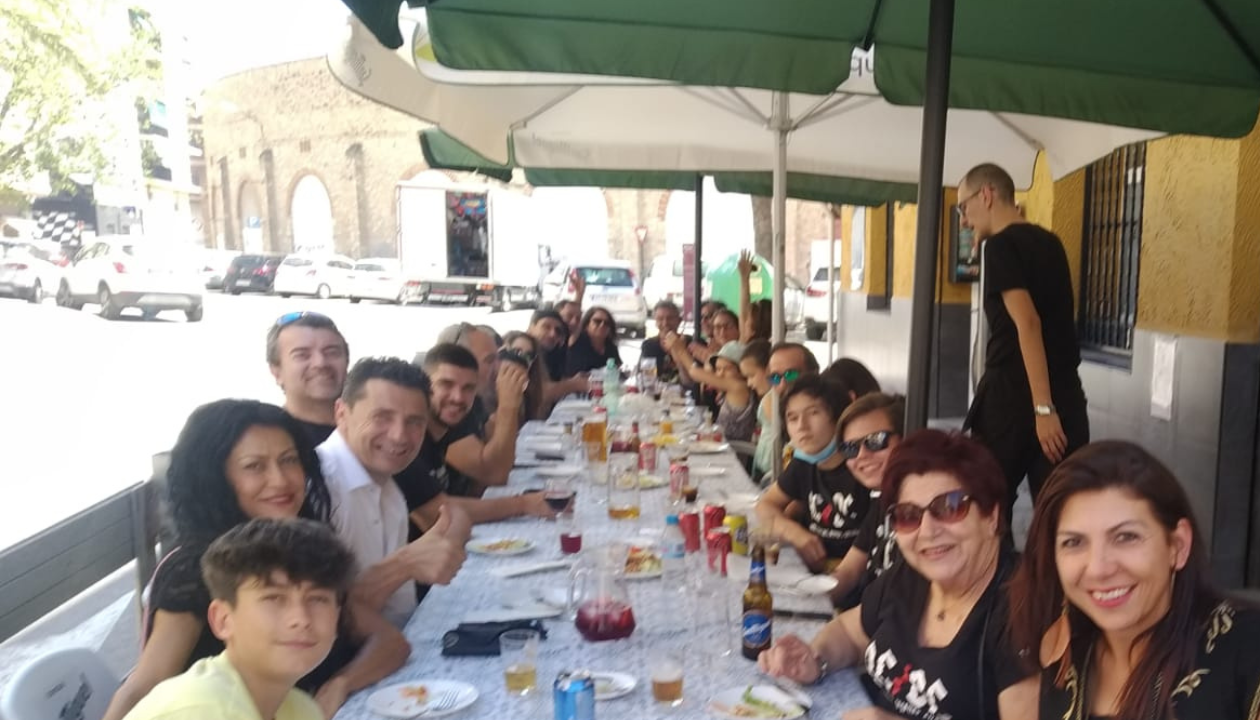
The Evolution of Traditions in Modern Spain
Combining Halloween, El Día de Todos los Santos, and Día de los Muertos
With the growing influence of Día de los Muertos and the spread of Halloween, many Spanish families now celebrate a fusion of all three holidays.
You might see a child dressed as La Catrina, the Mexican skeleton lady, knocking on doors for trick-or-treating, while nearby, families gather in cemeteries to light candles and remember their relatives.
In some regions, the holiday is even referred to as Día de las Brujas (Day of the Witches), adding a mystical dimension to the actual Halloween celebrations.
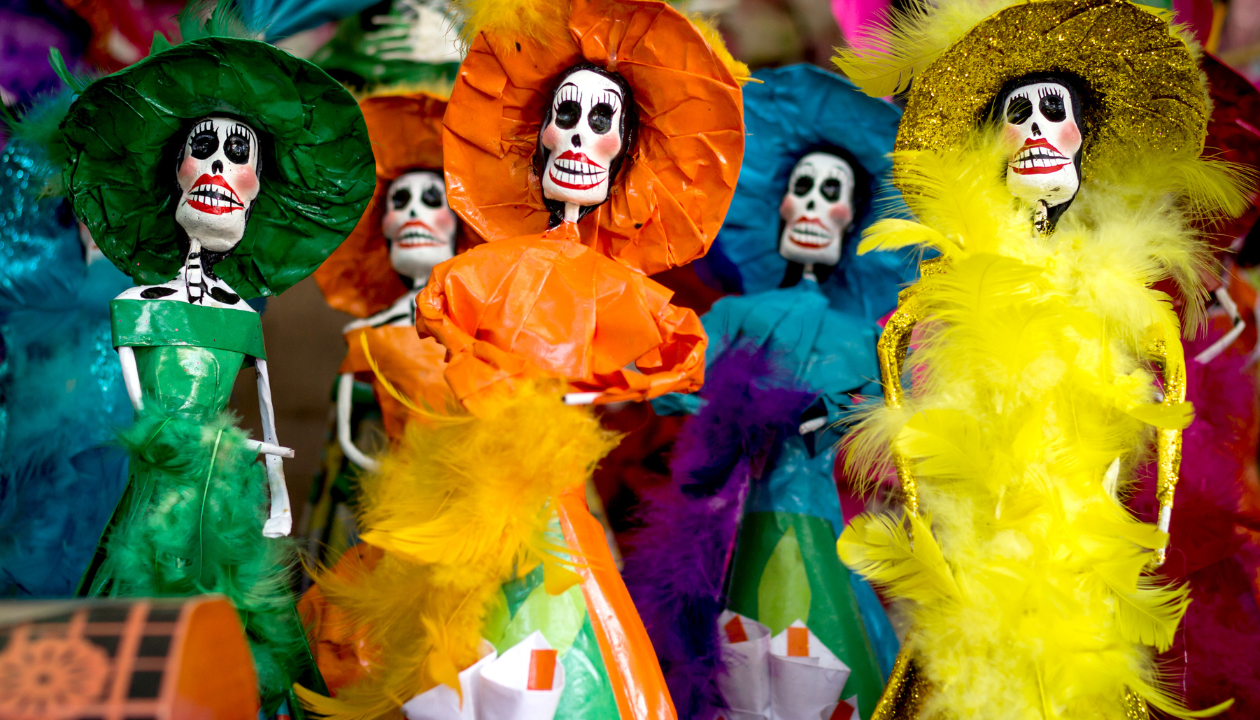
Experiencing These Traditions Firsthand
If you’re planning a trip to Spain or Latin America during this period, it’s a fantastic opportunity to experience these cultural celebrations up close. But why not take it a step further?
Through our Spanish Homestay Immersion Programme (SHIP), you can live and study in a Spanish teacher’s home, participating in these customs as a true insider.

Imagine learning the language while sharing buñuelos with a Spanish family or joining them in honoring loved ones at a local cemetery. This immersive experience will help you master Spanish and connect deeply with the culture.
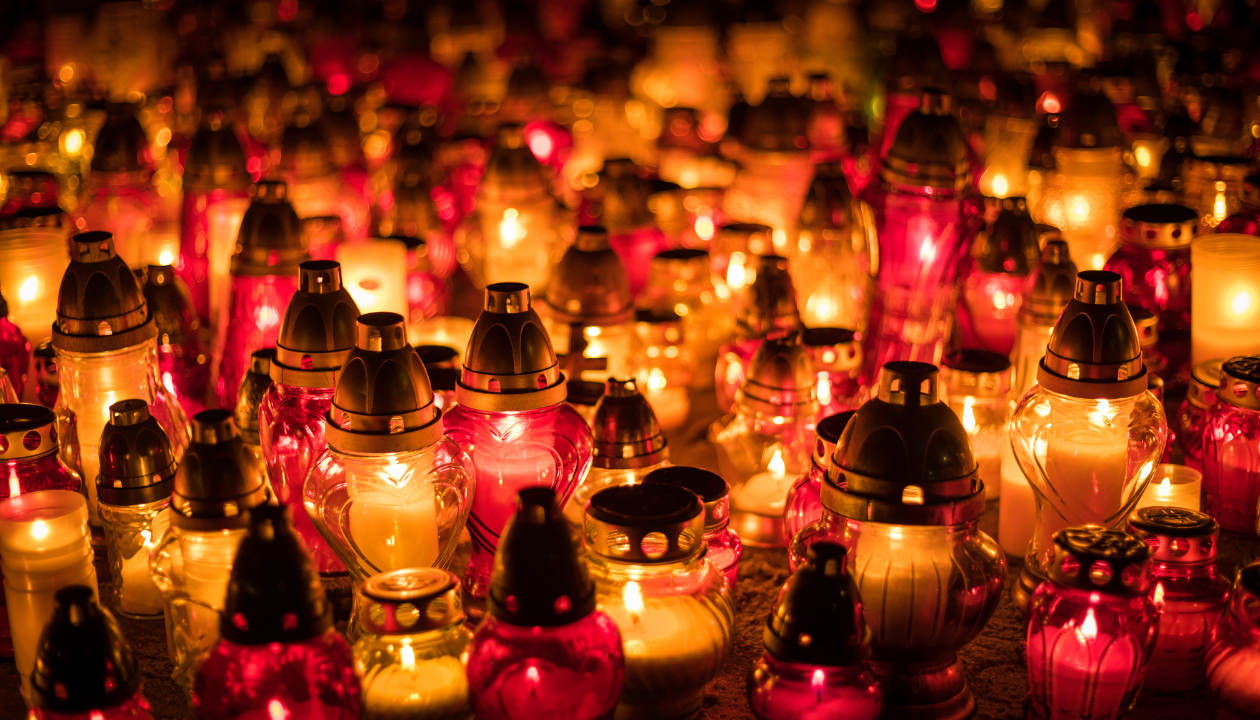
Looking Ahead
Spanish Halloween traditions, from El Día de Todos los Santos to El Día de los Muertos, provide a unique lens through which to understand Spain and Latin America’s rich cultural heritage.
While the commercial appeal of Halloween continues to grow, these celebrations remind us that this time of year is not just about spooky fun—it’s about honoring life, memory, and the enduring bonds that connect us across generations.
Ready to dive deeper? Download our FREE MAGAZINE below to have a closer look at the customs behind these holidays!
Download our FREE MAGAZINE Here!
Have a spook-tacular October! 👻
Trick or Treat, or simply… ¡Feliz Halloween! 🎃

Monica at Spanish Express
